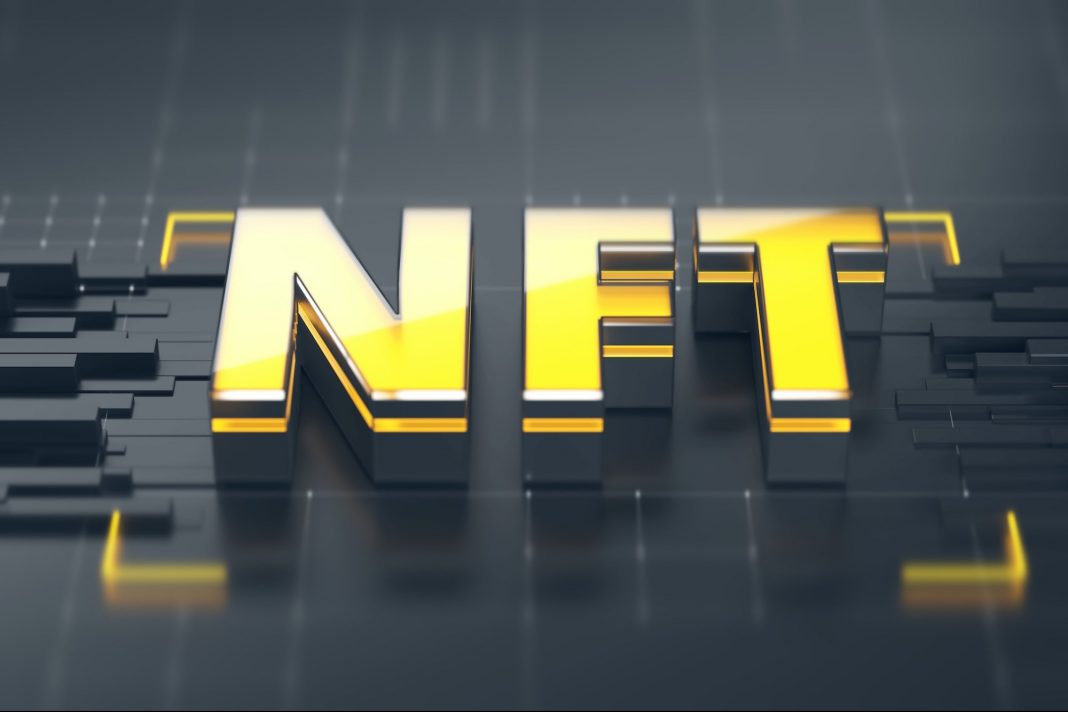NFTs are an indispensable sector of the crypto market, having attracted millions of users due to their easy accessibility.
NFTs or non-fungible tokens are charting growth as new applications and uses emerge across a range of industries.
The NFT market is growing and the number of NFT collections launched every day is increasing. Therefore, evaluating and choosing NFTs will also be more difficult.
NFTs are becoming extremely popular assets in the decentralized market thanks to their scarcity, value, and versatile uses.
When choosing to buy NFTs for speculation, users should keep in mind some basic metrics to evaluate the potential value of that NFT.
WHY ARE NFTS MORE POPULAR?
NFTs have become popular thanks to their diverse uses. In addition to ensuring ownership and serving as digital collectibles, NFTs can be issued by anyone on the blockchain, not just projects.
The accessibility of these tokens has allowed more people to become creators. At the same time, mainstream brands and platforms have also entered the NFT space, bringing new audiences to the cryptocurrency space.
When it comes to uses, NFTs have found new applications in the gaming industry.
The Play-to-Earn or P2E model offers in-game NFTs, allowing users to earn tokens while playing, while also creating, exchanging and purchasing a variety of unique assets. The Loot model is another popular use of NFTs, where rewards are given to users in the game in the form of boxes containing various valuable items, power-ups, etc.
Social media avatars and exclusive art collectibles are another major direction for NFTs, which have highlighted their use as a new form of digital art.
The demand for NFTs is most evident through the best-selling NFTs on Binance NFT, where in-game Mystery Boxes on the secondary market are often sold for up to five times the original price.
The gamification mechanism of the Binance NFT Mystery Box is a prime example of the diverse and often surprising applications of NFTs, as the Mystery Box contains a random NFT that varies in rarity and can be used in many games.
There are many factors that can affect the value of an NFT. To more effectively evaluate the lifetime and value of an NFT project for a crypto collection or portfolio, we’ve narrowed it down to six key indicators in this article.
Read more:
Stoner Cats NFT Banned From Marketplaces After SEC Charges
8 Top NFT Games in 2023 Play-to-Earn
OnChainMonkey NFT Collection to Migrate from Ethereum to Bitcoin

6 Key Indicators for NFT Collectors To Evaluate NFT Projects
Floor Price
With NFT collections, you can easily find the floor price. The floor price here is the lowest price of an NFT work in an overall collection.
Buying at floor price is also a good starting strategy for newbies because it is quite accessible.
The floor price can be seen as a measure to evaluate the community’s acceptance of the project. If the project is highly sought after; if demand increases, the floor price will increase.
Azuki Collection’s Trading Volume (Source: NFT Stats)
Ceiling Price
The price ceiling is the highest price of an NFT in the collection or the highest price at which the NFT has ever been successfully traded.
Buying the ceiling price is a high-risk, high-return trading strategy.
The highest-priced NFTs in a collection are often the rarest, most popular, and iconic NFTs, emblematic of the entire collection.
Volume – Trading volume
Transaction volume is an important indicator of the total volume of transactions performed, indicating overall demand for the project.
Well-known projects will have very high transaction volumes.
Trading volume can be seen as the most obvious indicator of the popularity of that NFT collection.
For a collection to have a large trading volume, there must always be people willing to buy and sell; liquidity is a very important issue with NFT trading.
.png)
Total supply
Total supply refers to the total number of NFTs in a collection.
The total supply of NFTs also affects the price of the collection. Collections with a large total supply typically; have a lower value per NFT, whereas collections with a low total supply often have a higher floor price due to the rarity of the NFTs.
Rarity rating
The rarity of an NFT in a collection is determined by the attributes, the characteristics, that the NFT possesses. With rare characteristics, the occurrence rate will be very low.
Index can also tell you how difficult it is to get a specific NFT.
Origin of NFTs
With the characteristics of NFT, you can completely look up the ownership history of NFT and the price of each sale of that NFT from the time it was minted.
Helps you trace the origin and price of NFTs.

